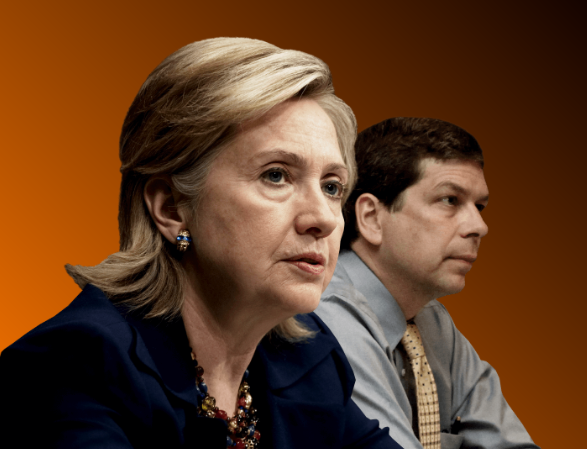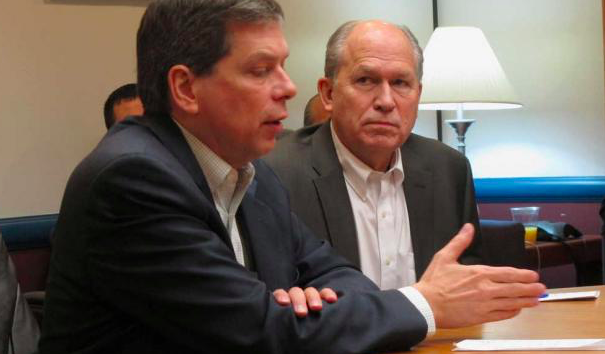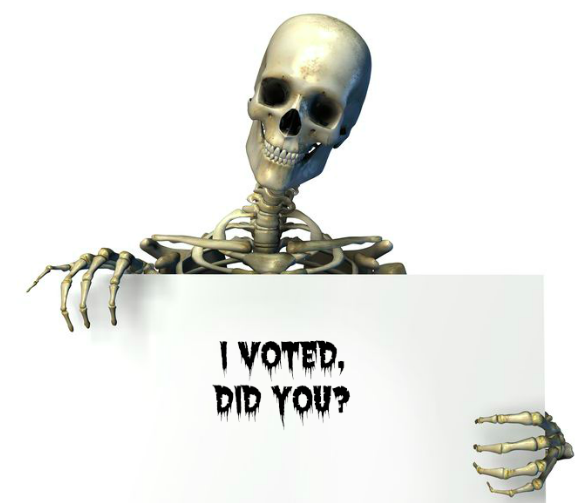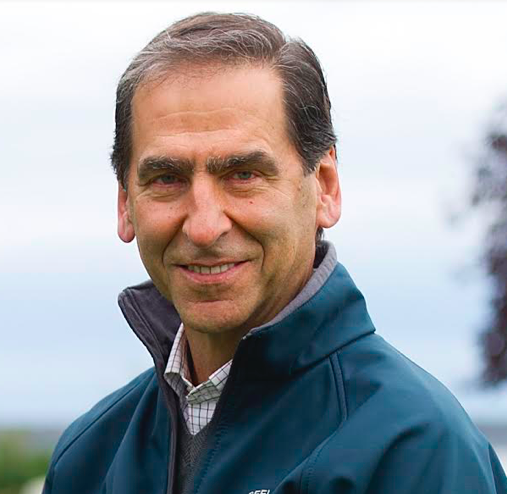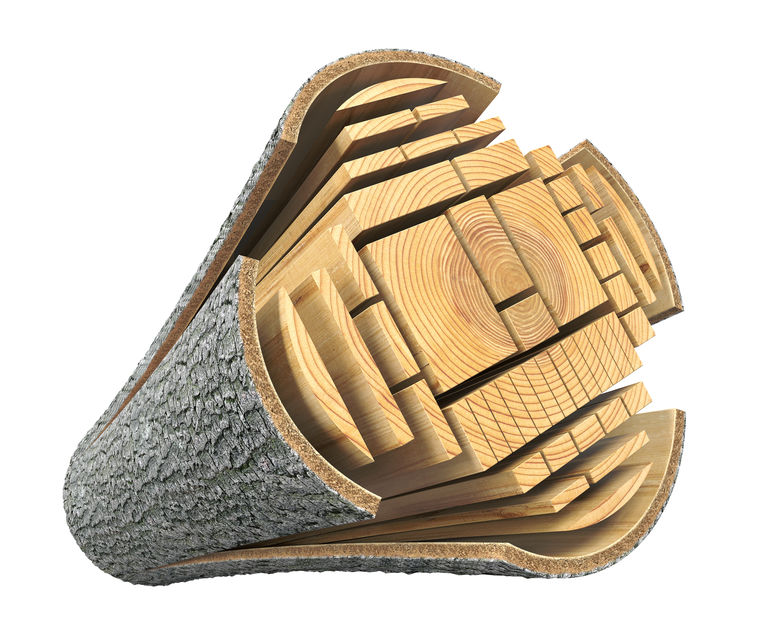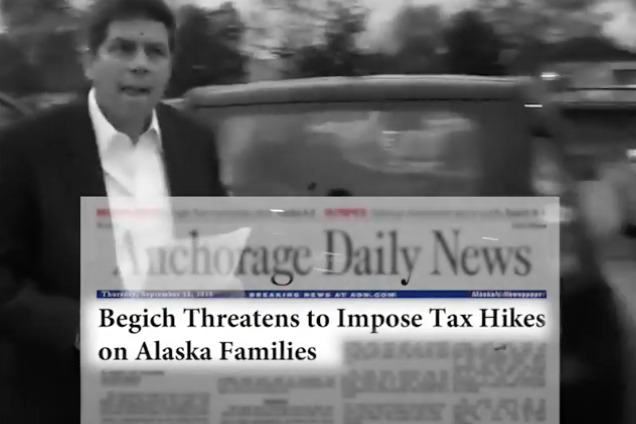MARK BEGICH’S SUPPORT INCLUDES THE MARCH, RESIST, STRIKE, AND REVOLT CROWD
Hillary Clinton is one of the biggest household-name endorsers of Mark Begich. So is Portugal. The Man, the band from Wasilla that has made it big on the international scene using the name of a country known for extreme colonization and delicious sardines.
But there are other Begich fans, including a host of unions and Bernie Sanders-style lawmakers, both current and retired. Here’s a partial list of the far left support for Begich:
- AFL-CIO Alaska
- NEA Alaska
- March on Alaska
- Anchorage Police Department Employees Association
- Alaska Native Brotherhood and Sisterhood
- United Tribes of Bristol Bay
- Alaska Maritime Unions
- Unite Here Local 878
- The Alaska Center for the Environment
- Portugal. The Man (musicians)
- Planned Parenthood
- Juneau Pro-Choice Coalition
- Alaska Women for Political Action
- Our Revolution Alaska
- And a host of longtime Democratic loyalists, Democratic lawmakers and unions.
- The entire list can be found at KTUU.
Noticeably not on the list is the Alaska Federation of Natives, which is evidently sitting this one out.
Nor is Gov. Bill Walker listed as an endorser, even though he exited the race and threw his support to Begich.
MIKE DUNLEAVY’S A-LIST OF ENDORSEMENTS
The list of endorsements for Mike Dunleavy includes not only the president of the United States, but all three members of the Alaska delegation — Congressman Don Young, and Sens. Lisa Murkowski and Dan Sullivan, former Gov. Sean Parnell, and the retired Gen. Joe Ralston, former top officer of the Alaska Command, NATO and formerly on the Joint Chiefs of Staff. Also, former candidates for governor John Binkley and Scott Hawkins.
- President Donald Trump
- Senator Dan Sullivan
- Senator Lisa Murkowski
- Congressman Don Young
- Sean Parnell, former governor of Alaska
- National Rifle Association (NRA)
- Joe Ralston, retired general, commanding officer of the Alaskan Command, NATO, served on the Joint Chiefs of Staff
- Joe Masters, former Department of Public Safety (DPS) Commissioner
- Mark R. Hamilton, former president of the University of Alaska
- John Binkley, Fairbanks businessman and former candidate for governor of Alaska
- John Sturgeon
- Public Safety Employees Association (PSEA)
- Arctic Slope Regional Corporation (ASRC)
- Calista Corporation
- Association of Mature American Citizens – Alaska Chapter
- Alaska Outdoor Council
- Mead Treadwell, former lieutenant governor
- Loren Leman, former lieutenant governor
- State Senator Anna MacKinnon, former executive director of Standing Together Against Rape (STAR)
- Dan Sullivan, former Anchorage mayor
- Rick Mystrom, former Anchorage mayor
- George Wuerch, former Anchorage mayor
- Tom Fink, former Anchorage mayor
- Scott Hawkins, business owner and former candidate for Alaska governor.
- John Baker, Iditarod champion
- Alaska Forest Association
- Sportsmans Conservation Alliance
- Alaska Independence Party
- Alaska Family Action
- National Right to Life
- Alaska Veterans PAC
- Alaska Interior Marksmanship Committee
- Alaska Professional Hunters Association
- Chitina Dipnetters
- Clear Sky Sportsmen’s Club
- Delta Sportsman’s Association, Inc.
- Fairbanks Retriever Club
- Fairbanks Snow Travelers Association
- Fairbanks Trap Club
- Fortymile Mining Association
- Golden North Archery Assoc.
- Interior Airboaters Association
- Interior Alaska Trail Riders Association
- Slana Alaskans Unite
- Tanana Valley Rifle & Pistol Club
- Tanana Valley Sportsmen’s Association
- Tok Shooters Association
- Alaska Backcountry Adventure Tours
- Alaska Charter Association
- Alaska Frontier Trappers Association
- Alaska Gun Collectors Association Inc.
- Alaska Machinegun Association
- Alaska Marine Dealers Association
- Alaska Moose Federation
- Alaska Motor Musher’s Club
- Alaska Outdoor Access Alliance
- Alaska Rifle Club
- Alaska State Snowmobile Association
- Alaska Waterfowl Association
- Alaska Wild Sheep Foundation
- Anchorage Snowmobile Club, Inc.
- Cook Inlet Archers
- Cook Inlet Sportfishing Caucus
- Houston (Alaska) Chamber of Commerce
- Kodiak Island Sportsman’s Association
- Matanuska Valley Sportsmen, Inc.
- Mat-Su Anglers
- McKinley Mountainmen Muzzle Loading Rifle Club
- Personal Watercraft Club of Alaska
- Prince William Sound Charter Boat Association
- Ruffed Grouse Society/SC AK Chapter
- Snomads, Inc.
- South Central Alaska Dipnetters Association
- Sportsmen for Fish & Wildlife
- Sitka Charter Boat Operators Association
- Juneau Alaska Billfish Association
- Juneau Gun Club
- Juneau Rifle and Pistol Club, Inc
- Juneau Shooting Sports Foundation, Inc.
- Sitka Sportsman’s Association
- Territorial Sportsmen, Inc.
